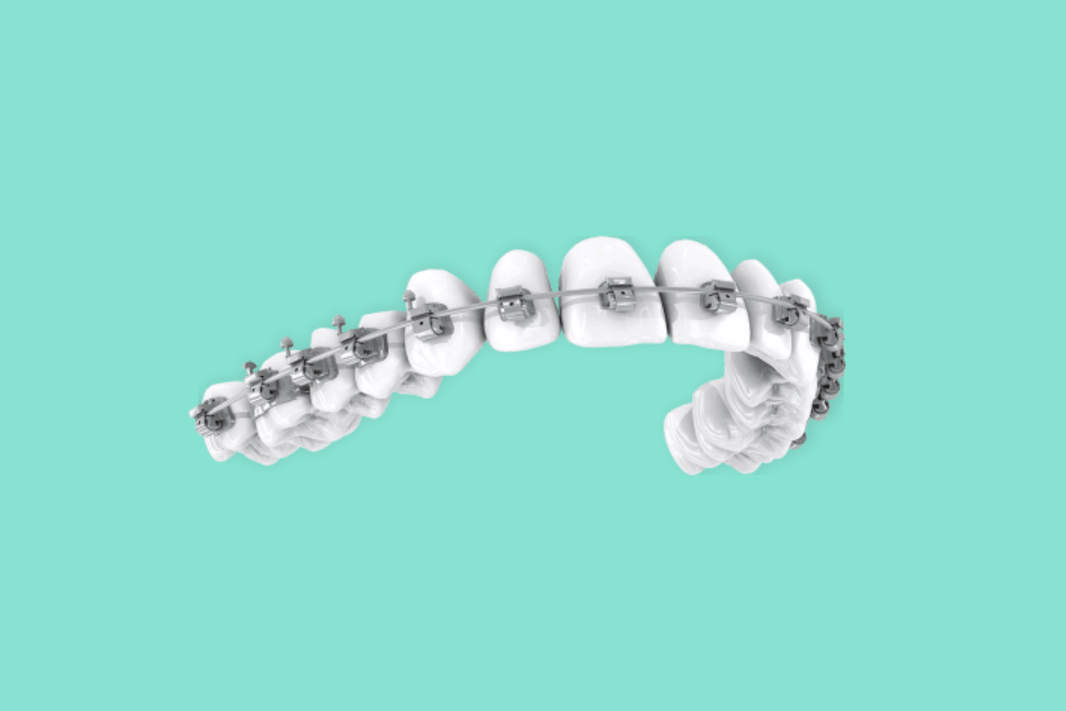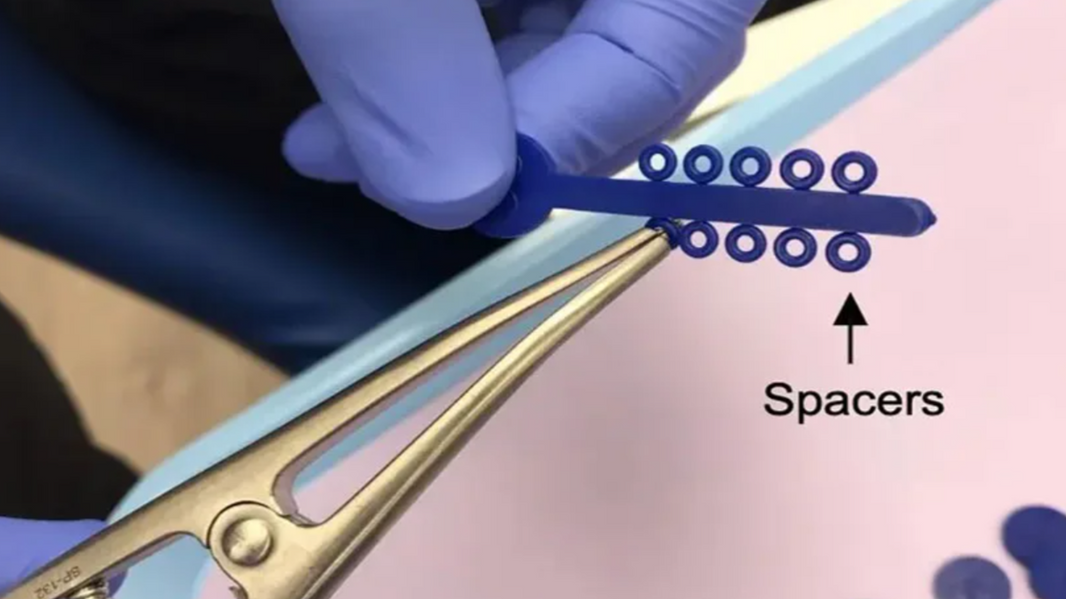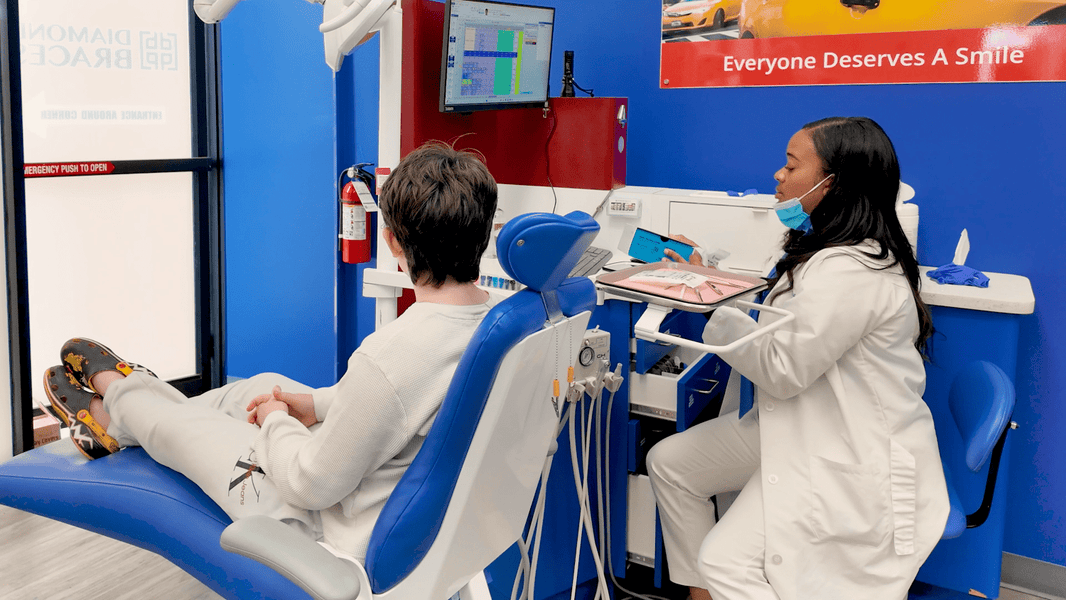Can You Eat Chips with Braces? Think Before You Crunch
Chips are one of the most beloved salty snacks around—but when you’re wearing ...

Ice cream and braces might sound like a risky duo—but they’re actually more compatible than you might expect...

Sticky, salty, protein-packed peanut butter is a staple in many pantries. But for anyone wearing braces—espe...

Everyone deserves a sweet treat now and then—even those with braces. But choosing the wrong candy can damage...

Many adults searching how much do braces cost discover that financing options are just as important as the t...

Orthodontic spacers, also known as separators, are small devices placed between the back teeth to create spa...

Orthodontic treatment is a significant investment—both in time and in improving long-term dental health. Yet...

Just when you thought summer break would be all pool days and late-night snacks, your parents hit you with a...